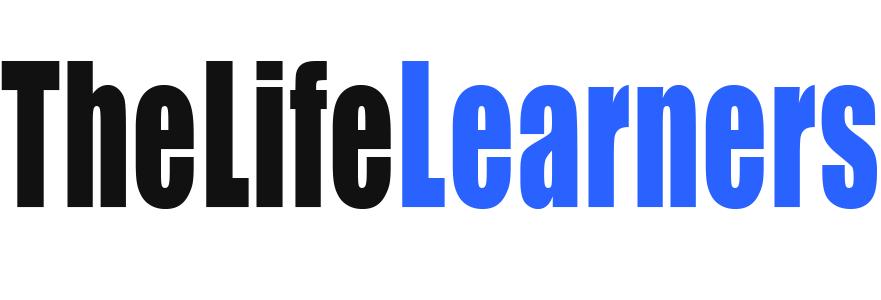
For students, as well as the general populous, math and economics are often intangibly linked. However, sometimes the connection between the two disciplines is concrete and clear. Consider the current pervasive socio-economic unrest. The Occupy Wall Street (OWS) Movement is attractive to our youth, especially because celebrities including rapper Lupe Fiasco and actress Susan Sarandon have become involved.
The popularity of the movement stems from the way mathematics and economics are intertwined and made relevant for Americans. According to the October 2011 issue of Time magazine, an estimated “200,000 people have protested in more than 900 cities in 82 countries around the world.” OWS continues to gain steady global support because the proponents are lucidly fusing mathematics and economics in a way that resonates with the vocal majority.
The “99 Percenters”
The thriving movement has even abbreviated their own name mathematically as the “99 percenters” to distance themselves from the wealthiest in our country. According to recent research, the top 1 percent of the population control 40 percent of the wealth which Nobel Prize-winning economist Joseph Stieglitz detailed in the May 2011 issue of Vanity Fair. It is a statistic that has prompted many of the 99 percenters into action, and it can likewise motivate students to connect mathematics to economics.
Economics in the Classroom
One way to get your students thinking about the link between economics and math is by having them do comprehensive research on the historical distribution of wealth. They could then plot the data and note the mathematical model it best fits – linear or exponential. They could also compare this data to the inflationary rate?
Twenty-five years ago, the top 1 percent possessed 33% of the wealth, according to Stieglitz. A recent report from the nonpartisan Congressional Budget Office(CBO) stated that the richest 1% nearly tripled their income from 1979 to 2007, a staggering 275 percent increase. Therefore, another great, collaborative project for students to engage in would be an investigation into the mathematical and economic historical progression describing how the top 1% increased their wealth.
- Students might determine what a graph of this rate would look like.
- They could predict what would happen to our society if such a rate continues.
- Students could discuss whether it is sustainable? Why or why not?
Delving Into the Current Economic Situation
A similar joint mathematical/economic analysis might be conducted on the percent of income the top 1% of the population is currently amassing. In fact, the upper 1% is possessed of nearly 25% of the nation’s income. By contrast, a quarter of a century ago, the top 1% only took in 12% of the nation’s income. In stark contrast, men with no higher than a high school degree have seen their wages decrease by 12% over the past twenty-five years. Students could use this data to design comprehensive graphs, and, without a doubt, this information would be relevant to students looking toward the future. In addition, the overwhelming majority believe taxes should be raised on the ultra-wealthy. This could spiral off into a social studies project, including a study on shaping legislation to meet economic needs.
With this transition in wealth, various other economic problems have occurred. It was recently announced that the American rate of poverty has grown to its highest level in thirty-five years. Approximately 46.2 million Americans are scraping by below the poverty line.
- Students could identify what percent, fraction, and decimal of people this is of the entire U.S. population.
- They could couple this data with the number of people who are unemployed, underemployed, discouraged (workers who have given up on looking for work), and part-timers who wish to be full-timers.
- This too could be a launching pad for students to come up with mathematical/economic solutions, integrating language arts, social studies, and math, to find solutions to poverty in America.
Social Justice and Math
In an article titled “Mathematical Power: Exploring Critical Pedagogy In Mathematics and Statistics,” author Lawrence M. Lesser and Sally Blake write: “Though traditionally viewed as value-free, mathematics is actually one of the most powerful, yet underutilized, venues for working toward the goals of critical pedagogy – social, political, and economic justice for all.” We, as teachers, must therefore believe that all students are capable of understanding mathematics in order to protect their own well-being. Students should know that higher paying jobs generally require a person to use more mathematics, and that the ability to analyze our world mathematically directly enables them to survive and thrive. As math scholar Marilyn Frankenstein has eloquently written, “Politically, people can be more easily oppressed when they cannot break through the numerical lies and obfuscations thrown at them on a daily basis.” We, as teachers, then, have a duty to fight statistical manipulation by having students implement mathematical and economic concepts to empower themselves.
Using Unemployment Data
Teachers could also use unemployment data as a way to delve into a mathematical exploration. After three years since the financial crisis, the unemployment rate is still at the highest since the Great Depression.
- Students could investigate what our current 9% unemployment rate actually means.
- They could compare and contrast the data for those who want to work, but cannot find a job (14 million Americans) to those who want to work full-time, but can only find part-time work. How does that information affect the unemployment and underemployment rates?
- Students could also compare the corporate profit trends versus to what has transpired for the majority of wage earners.
After the various data is gathered, students can use spreadsheet programs to create scatterplots. They can use the information to describe different trends, using linear, exponential, polynomial, etc. lines, and make some predictions about the future. Here are more lessons that combine mathematics and economics.
Economics Lesson Plans:
Charge Cards!
Students learn about the positive and negative aspects of credit cards and credit card offers. Students gather data from the Federal Reserve’s website. Students also compare and contrast various kinds of credit cards. This lesson provides a way for students to see how economics works in their daily lives.
The Great Depression
Students gather and analyze data from the Great Depression. Students also create a multimedia, interdisciplinary project about the Great Depression more generally. This can be a tool used to help students learn how to organize information for use in a graph or other mathematical representation.
Federal Reserve’s Monetary Policy
Students research and explain the development and purpose of the Federal Reserve’s Beige Book. This lesson can help students learn how the history of economics effects the present.
A Case Study: Gross Domestic Product – January 27, 2006
Learners gain access to easily understood, timely interpretations of monthly announcements of rates of change in real GDP and the accompanying related data in the U.S. economy. This information can be used as part of student’s research analyzing income.
Running of the Bulls
Students examine what was in in store for Wall Street following the NASDAQ’s 547.57 point plunge on Tuesday, April 4, 2000. They evaluate how they might manage a heavily laden high-tech portfolio before deciding how to invest in the market. The discussions that follow this lesson could help students understand why the current movement is called Occupy Wall Street.

